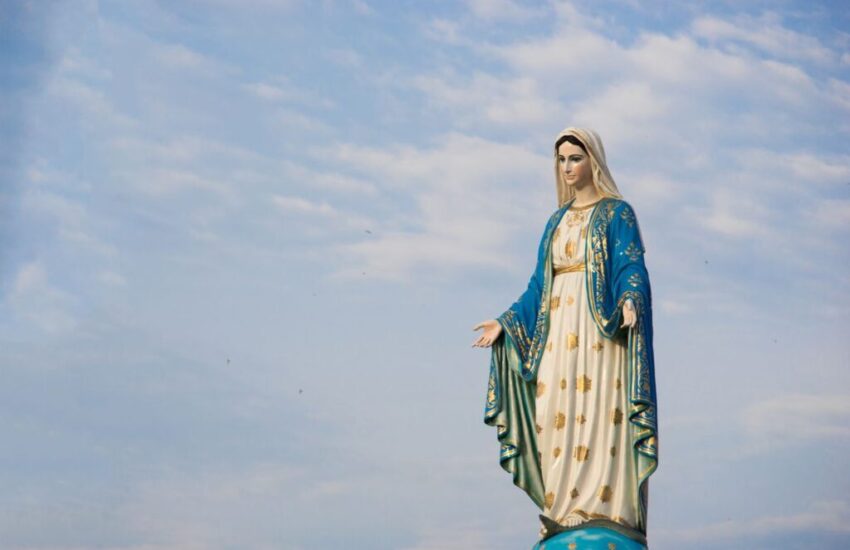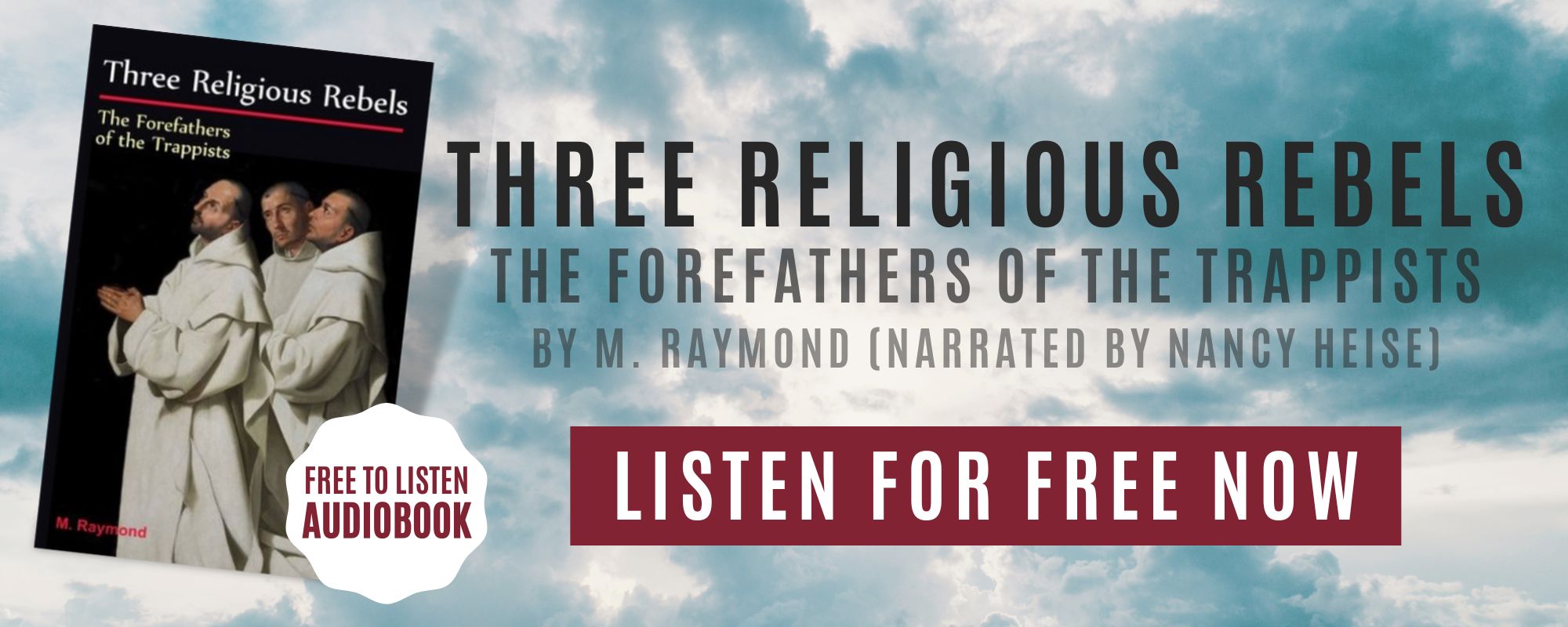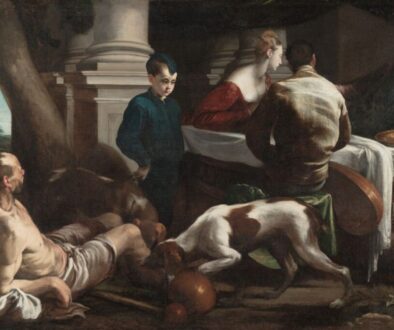The Visitation of the Blessed Virgin Mary Explained

Published December 1, 2023
Every 31st of May, members of the Catholic Church celebrate the feast of the Visitation of the Blessed Virgin Mary. It commemorates the blessed mother’s visitation to her cousin Elizabeth.
So, why does an event that took place thousands of years ago merit a celebration today? What is the significance of the visitation of the Blessed Virgin Mary (aside from being a mystery of the rosary)?
Before answering that, let’s refresh our knowledge of what transpired during this visit.
What Happened During Mary’s Visit To Elizabeth?
It all started during the Annunciation – a story most of us know.
The Angel Gabriel appeared to Mary to tell her that she would be carrying the son of God in her womb, and she was to call him Jesus. The angel greeted her with the words:
“Hail, full of grace, the Lord is with thee: blessed art thou among women!” (Luke 1:28)
We know what happened after that. Mary humbly accepted God’s will, and her fiat is one of the greatest stories in the Bible. Many people forget that the angel also brought her other news.
The angel also told the Blessed Virgin that her cousin, Elizabeth, already well past her childbearing years, was pregnant then. This child would grow up as Christ’s Saint John the Baptist forerunner. Upon hearing this, Mary hurriedly traveled from Nazareth to Judah to visit her.
Elizabeth was already in her sixth month of pregnancy when Mary visited. She greeted her cousin as soon as she set foot at her house. At the sound of her voice, the baby inside Elizabeth’s womb leaped, and she was filled with the Holy Spirit. By then, she already knew Mary was pregnant with the Lord Jesus Christ. She exclaimed to her:
“Blessed art thou among women, and blessed is the fruit of thy womb.” (Luke 1:42)
Mary, in reply, proclaims the greatness of the Lord with her now very famous Magnificat:
“My soul doth magnify the Lord
and my spirit rejoices in God my Savior,
for he has been mindful
of the humble state of his servant.
From now on all generations will call me blessed,
for the Mighty One has done great things for me—
holy is his name.
His mercy extends to those who fear him,
from generation to generation.
He has performed mighty deeds with his arm;
He has scattered those who are proud in their inmost thoughts.
He has brought down rulers from their thrones
but has lifted up the humble.
He has filled the hungry with good things
but has sent the rich away empty.
He has helped his servant Israel,
remembering to be merciful
to Abraham and his descendants forever,
just as he promised our ancestors.”
Mary stayed 3 months and went back to her hometown just before Elizabeth’s son was born.
The Significance of the Visitation of Mary
When the baby in Elizabeth’s womb leaped upon hearing Mary’s voice, the movement was no ordinary. When John the Baptist was conceived, the angel told Zechariah (Elizabeth’s husband) that the Holy Spirit would fill his son even from his mother’s womb.
“For he will be great in the sight of the Lord. He is never to take wine or other fermented drink, and he will be filled with the Holy Spirit even before he is born.” (Luke 1:15)
This is the significance of Mary’s visit to Elizabeth. John’s movement inside his mother’s womb signifies that he recognized the divine presence of the Son of God. It confirms what the angel has told Mary – that the baby in her womb is the savior promised in the old scriptures. John leaped out of joy because, at that moment, God’s divine grace filled him, and he was cleansed from the stain of original sin.
When Elizabeth told her cousin she was the most blessed among women, she knew Mary was chosen for a particular purpose. She is to be the Mother of God – the woman who will make salvation possible. Without her fiat, God’s plans wouldn’t come to fruition. And by accepting God’s will, she has become a Mediatrix between God and men.
If you’re familiar with the Blessed Virgin’s litany, one of the invocations is the ark of the covenant. In the bible, the ark of the covenant symbolizes faith and God’s presence. Just like the ark, Mary is a reminder of God’s presence. Her complete surrender to God’s will makes her a model of faith among Christians. And just as David danced around the ark, John leaped at the sound of her voice because he knew that God’s promise was finally fulfilled.

Marian Dogmas
The Visitation of Mary to Elizabeth is a significant event in Catholic theology, and it’s enshrined in the dogmas of the Church. It refers to the visit of Mary, who was pregnant with Jesus, to her cousin Elizabeth, who was also pregnant with John the Baptist (Luke 1:39–56). This event holds profound theological significance for several reasons:
Mary as Theotokos
The Visitation is seen as an affirmation of the dogma of Mary as Theotokos or God-bearer. As per the Council of Ephesus in 431 AD, Mary is affirmed as the Mother of God since she carried Jesus, who is fully God and fully human, in her womb. When Elizabeth greets Mary as “the mother of my Lord” (Luke 1:43), it’s a biblical affirmation of this dogma.
Immaculate Conception
The greeting of Elizabeth also implies the Immaculate Conception of Mary, which asserts that Mary was conceived without original sin. The angel’s greeting, “Hail, full of grace, the Lord is with thee: blessed art thou among women” (Luke 1:28), indicates Mary’s sinlessness.
Assumption of Mary
The Assumption of Mary into Heaven is another dogma that can be indirectly linked to the Visitation. The joyous encounter between Mary and Elizabeth symbolizes the joy of heaven, where Mary is believed to have been assumed body and soul.
Intercession of Saints
The Visitation also illustrates the intercession of saints. Mary’s journey to help Elizabeth demonstrates her role as an intercessor, a role shared by all the saints.
Infused Knowledge
The recognition of the unborn Jesus by John the Baptist (Luke 1:44) affirms the dogma of infused knowledge, which holds that God can infuse knowledge directly into a person’s intellect.
Seek a Deeper Connection with God and Join Lay Cistercians of South Florida
Lay Cistercians of South Florida, is a community of lay people who seeks to have a deeper connection with God by living a life inspired by the monks and nuns through Lay Monasticism. Learn more about what is a Lay Cistercian on our website. Anyone who aspires to do the same as us, and is a confirmed Catholic is welcome to join us! We meet every second Saturday of the month at Emmanuel Catholic Church in Delray Beach, Florida.

This Content Has Been Reviewed For Accuracy
This content has undergone comprehensive fact-checking by our dedicated team of experts. Discover additional information about the rigorous editorial standards we adhere to on our website.

About The Author
Judy Ponio is a professional writer for the Lay Cistercians blog and a devoted Catholic. She works hard to ensure her work uses accurate facts by cross checking reputable sources.




